 "Texican" (Corsair75)
"Texican" (Corsair75)
04/11/2015 at 11:36 ē Filed to: None
 10
10
 21
21
 "Texican" (Corsair75)
"Texican" (Corsair75)
04/11/2015 at 11:36 ē Filed to: None |  10 10
|  21 21 |
!!!error: Indecipherable SUB-paragraph formatting!!! hit sort of a nerve. Can any modern car last forever? I'll go ahead and lay it out there right at the beginning: Not stock, not if you're sane.
!!! UNKNOWN CONTENT TYPE !!!
To qualify the discussion, let's go ahead and define what "forever" means. Let's start with this guy:
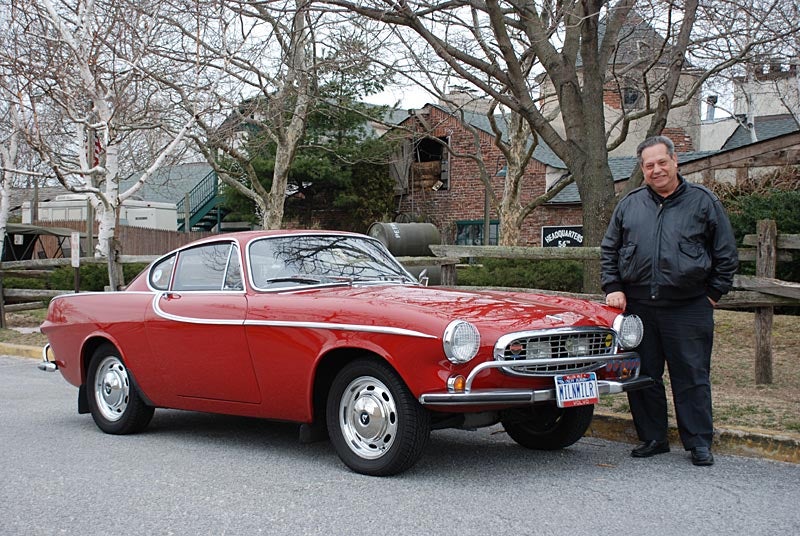
This man is Irv Gorden, and the P1800 he is standing next to has !!!error: Indecipherable SUB-paragraph formatting!!! mark. 3 million miles. That right there is the bar, folks. Much of the discussion in the original thread centered around eclipsing 200K, or even 300K. Irv says that ain't shit. He isn't the only one either. Class 8 trucks hit mileage like that regularly. A quick search on truck trader showed 2 rigs for sale with 7 digits on the odometer within easy driving distance of my house, like this youngster with a !!!error: Indecipherable SUB-paragraph formatting!!! . So what do an ancient Volvo and a new 18 wheeler tractor have in common? The original intent of the engineers who built it.
In both cases, the OEM was comfortable charging a higher price for a piece of tech designed to last. Cars are increasingly looked at as disposable, and the incentive to build a really tough one just isn't there. The reality is, there is much more money to be made in selling people junk. This is true for individual parts, and the vehicle as a whole. Think of the alternator that's ruined when a little resistor fails on a non-removable board. That's the philosophy that built your whole car. As you move forward in time from 1976 (the day the music died), the problem only gets worse. A never-ending pressure to drive down cost and increase turnover in the market.
Maybe the reason this hits me so close to home is that the topic has suddenly become relevant. I started an awesome new job that involves a ton of driving. Typically around 1000 miles a week. My Fusion is a great car, but with 92K currently on the clock, it'll be junkyard bait in another two or three years. Let's look at the case of my little Ford, as I think it is fairly representative of a "simple" modern car. This '09 has no turbo, no nav, not even an automatic transmission. It's a proven, reliable Mazda based drivetrain that could easily reach for that quarter million mile mark. But where does that leave us?
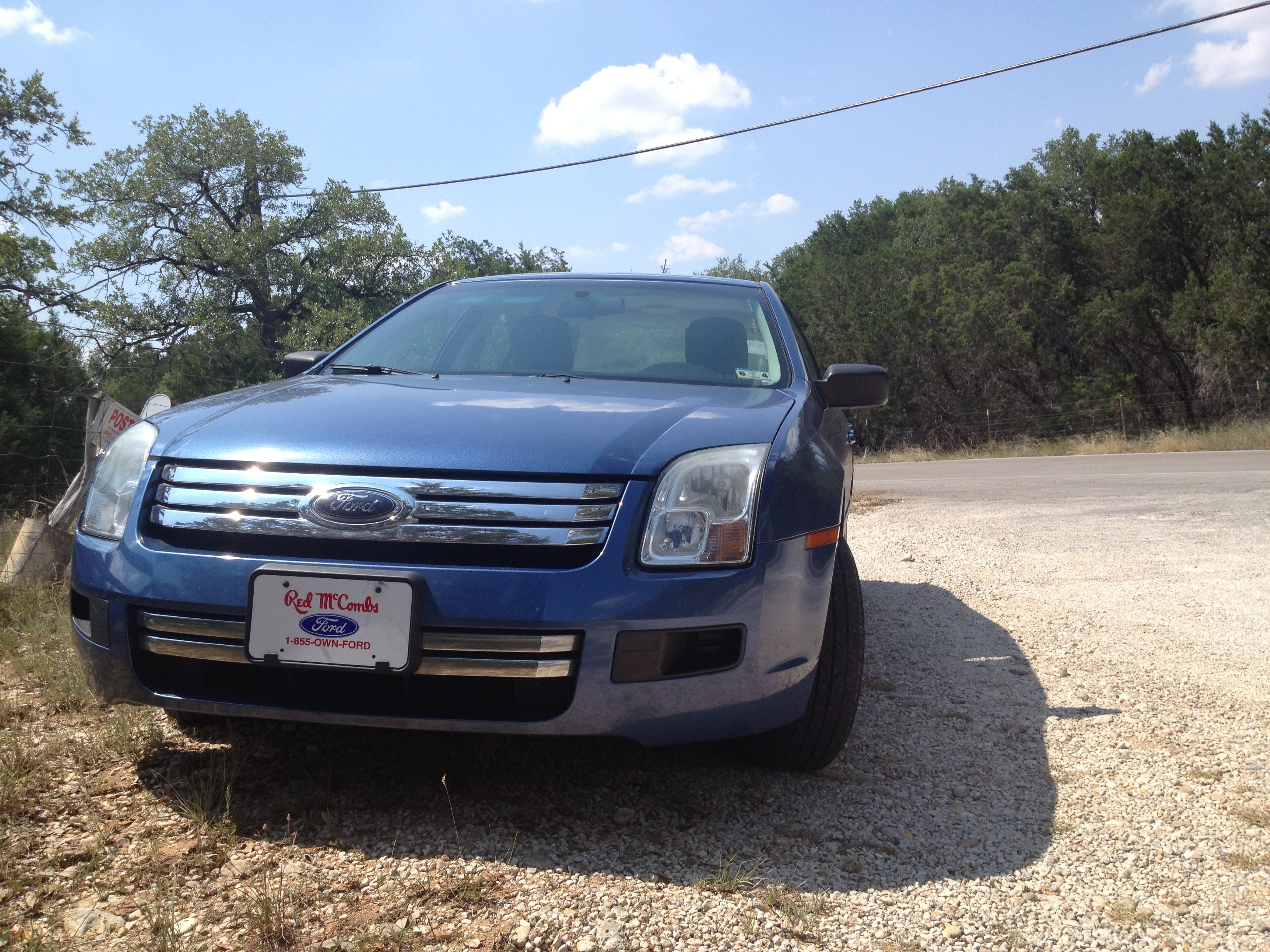
Let's start under the hood. Since this car is one of the 2% of the Fusion population that features three pedals, it avoids one of the major pitfalls of aging in the modern automotive world: the slushbox. This is one of the biggest sticking points, and it crosses the lines of model and manufacturer to affect the vast majority of cars on the road today. Modern slushboxes are wonderfully complex and intricate pieces of technology. They also have a tendency to completely give up the ghost at around 150K. At that point, you (or more likely a shop) crack open the tranny only to discover a terrible fact. The OEM never intended you to be able to rebuild it back to original spec. The fact that you can't even add fluid to a growing number of transmissions should tell you where the OEM is at when it comes to the balance of cost, serviceability and longevity. It ain't no C4 or TH350. What do you do when all the transmissions are old and worn out? The OEM barely bothered making extras when the car was new.
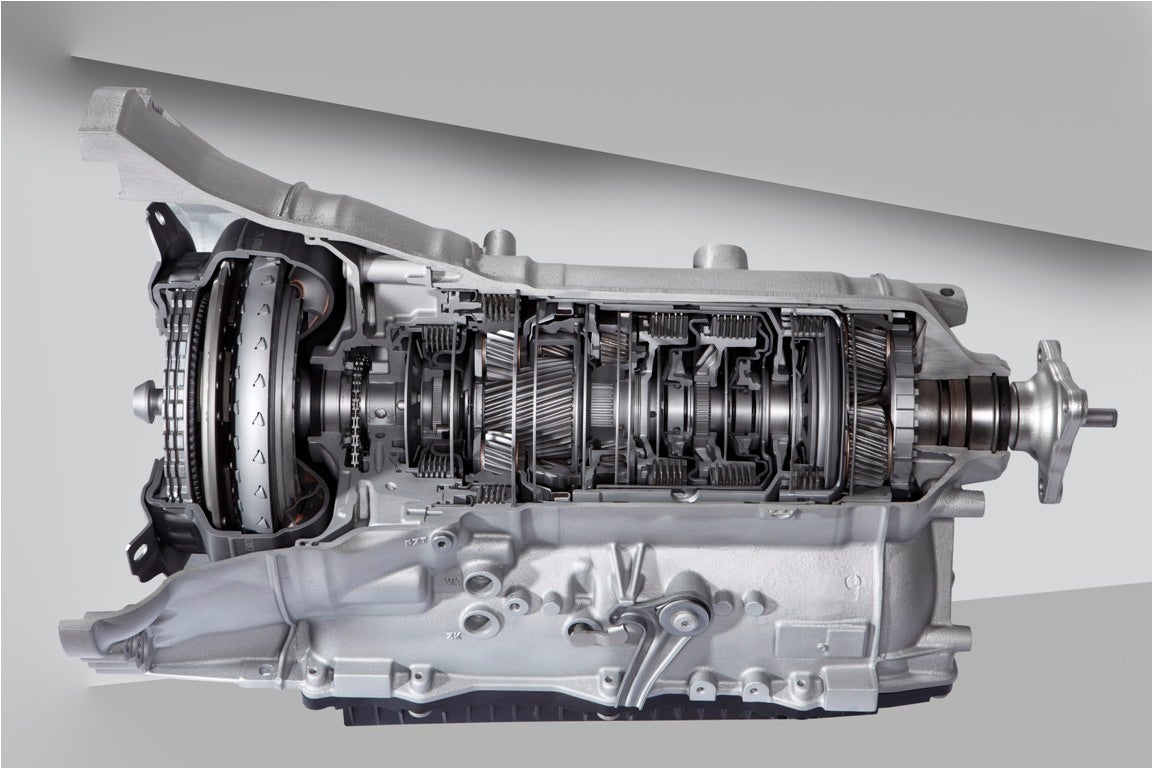
But being smart jalops, you all got sticks right? Great. The next big glaring problem is that cars of the current millennium were usually shipped in a late beta condition. They often have design flaws right there on the showroom floor that the OEM wasn't concerned about. Manufacturers are focused on the first owner, who probably leased and is statistically likely to be back in just a few years.
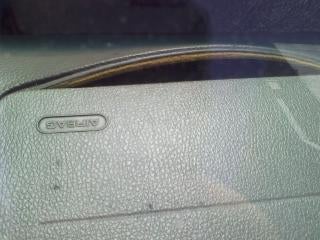
My car has an ugly looking bubble in the dashboard near the passenger airbag. Replacing it won't do any good, because it's a flaw from the factory. Just not enough support in that area, and they didn't test it long enough to discover the issue. Ford isn't the worst offender by far and sometimes the problem is more mission critical than a dashboard. Even if it's just a cosmetic issue, if the part is fundamentally flawed, you either have to re-engineer it, or live with. Image below isn't my car, but it's an extreme case to show you what I mean. You can already see early examples of this in 80's era cars with first generation plastic interiors, which are getting increasingly difficult to preserve.
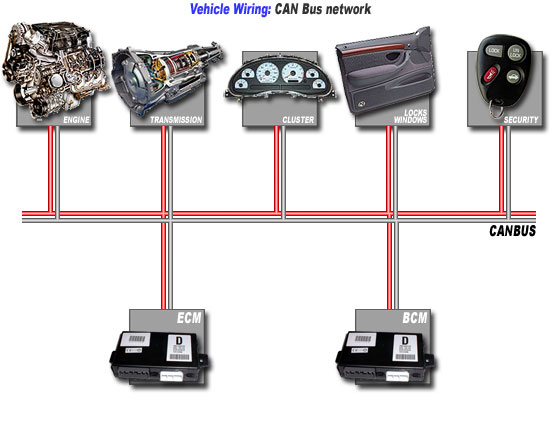
That brings us to our next point; integration. Cars have lots of integrated systems today. Those systems have lots of tiny little computers, and those computers will inevitably one day fail. Think of the interactions between the ECU and the gauge cluster just to name one example. By 2065, finding that same decrepit piece of tech in a working condition is going to get tough. Your dash is tied to your engine with is connected to the ABS which speaks to the telemetry speakers while posting your GPS coordinates on Twitter. The non-functional speedometer (or whatever) might prove to be a helluva job by the time its all said and done.
In the original replies, much was made of the ability to use 3D printing to replace NLA parts in the future. That may prove to be true, but it's a bit of a leap of faith to say its a going to be easy or cost effective in all cases. I got to play around with a CNC mill for about half of last year, and as the engineer liked to say, there is no "make part" button. Unless your vehicle happens to have good community support, you'll be footing the bill for design and development of the part. You may find a $100,000 Ford Focus just isn't that compelling no matter how much you want to relive high school. I would be happy to be proven wrong here, but I'll believe in Star Trek tech when I can see it.
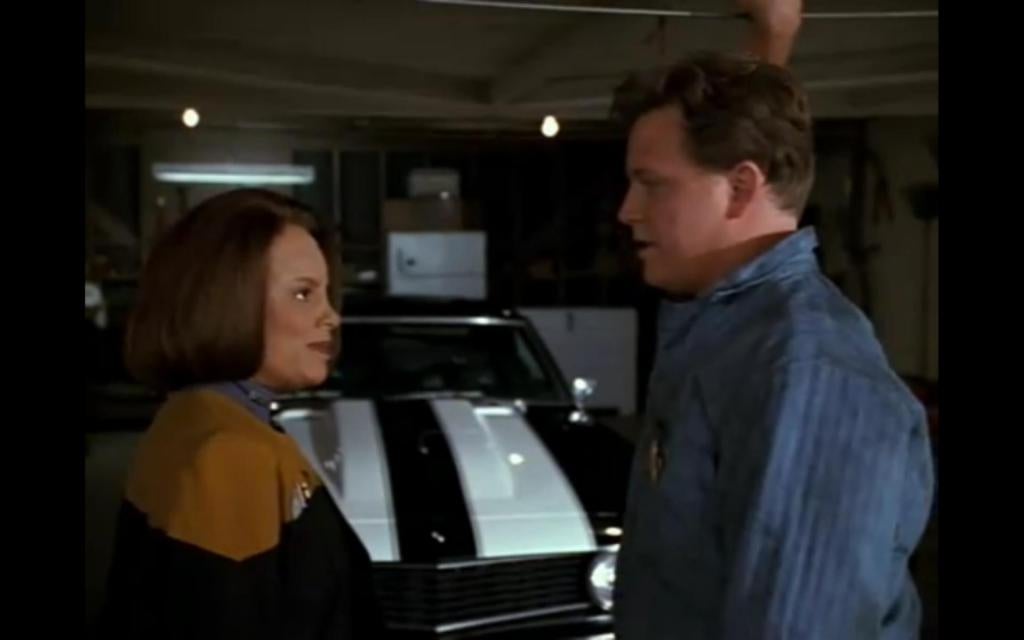
In the end its hard to say. All you can be sure of is that the job will be more of a challenge than a restoration on something pre-smog. You will certainly need to buy more parts, and you will be required to interface with (by then) obscure and proprietary technology. If you're willing to take a restomod route, all bets are off. The only limits are your wallet, patience and creativity. To keep it stock, you will face significant challenges.
Probably the reason I have given this so much thought is that I got my old 70's Volvo 240 back. I decided to restore it, and add it into the work mix. Going through and totaling up everything it costs to really restore a car is pretty mind-boggling. I bought cars in college for what I'm going to spend at the machine shop alone. And at the end of the day, that's a car that was designed to be rebuilt, and has a fraction of the number of components that make up my 'simple' Ford. By the time the Ford reaches the iron lady's age it will be 2049. One wonders how the part search would go, and what it would involve. Will there be a pile of Duratec 23s sitting somewhere? What's that noise from the transmission? How many of those 5 speeds are left on planet Earth? Got an automatic and you're looking for conversion parts to a stick? Have fun. I know that if the Volvo is still around in 2049, it'll be an easier job.
 Axial
> Texican
Axial
> Texican
04/11/2015 at 21:45 |
|
My ZR-1 is 25 years old as of this year. As a Corvette, there remains an active community and an active market for every generation of car. This is a tremendous boon, because it means there is always incentive to produce things for them even when new-old-stock items dry up and rebuilds are no longer possible. However, there remain some obscurities that just don't get serviced too well, especially with the C4 generation. Such items include dual-mass flywheels, the 4+3 transmission, FX3 and F45 adjustable shocks, belt tensioners, seat-belt sensors, and other interior components. The real kicker, however, are the various ECUs. You have to find an old one if yours goes poof, and with the ZR-1, that's a real challenge with only 6,900 ever made. It may be, though, that the C4 just isn't quite old enough yet to see the same kind of support you get with the C2 and C3. The C1 seems left behind a bit though, despite its age, simply because it isn't as desirable as the C2 ( a shame), and the C4 might fall into that same category.
In the end, though, I think it will ultimately be a question of how much will it cost to fix, rather than a question of physical feasibility. For something like the ZR-1, which might actually be worth $75,000+ in the future, it's totally worth it to spend a few grand to keep it running. The computers are important, but the ZR-1 is more or less analogue. It still has throttle cables, its engine secret sauce is vacuum-actuated, and its steering is hydraulic. If a computer goes poof, it might even be fixable with a soldering iron.
 Texican
> Axial
Texican
> Axial
04/12/2015 at 11:42 |
|
I think you hit a lot of good points here. Firstly, that certain models will get a relatively easy path. Corvette is a great example. Because of the passion surrounding those cars, the community will step up where the parts chain fails. It's easy to see a world in which most everything for the C4 (maybe even the ZR-1) gets repopped. Kind of like how you can build a '69 Bronco from scratch if you want to. Intrinsic value brings support, Nissan Altimas need not apply.
The electronics are an interesting point. For cars from the 20th century, there is still hope. If companies like Megasquirt don't already have a plug and play ECU for every flavor of C4, they will soon. Not OEM, but invisible. And you get to keep your gauge cluster. It's weird to think of 'analog' being something from the OBD-0/1/2 period, but it's true. Just voltages running through strands of copper. The folks from the canbus era will really have a challenge.
Weird options will always be tough. Even the "real" classic cars work that way. Look at the spasms that Mopar guys go through to put together one of the billion combinations their 60's era cars could be spec'd in.
Cool car! Good luck with it!
 Machingadera
> Texican
Machingadera
> Texican
04/20/2015 at 14:36 |
|
ďIn both cases, the OEM was comfortable charging a higher price for a piece of tech designed to last.Ē Wait what? The Volvo?
 Wolc *grammar nazis go f*** yourselves*
> Texican
Wolc *grammar nazis go f*** yourselves*
> Texican
04/20/2015 at 14:45 |
|
Quess Iíll stick with my e36 320i forever
 MegaSuper
> Texican
MegaSuper
> Texican
04/20/2015 at 15:19 |
|
I donít really have the time to fully flesh-out this thought, but:
Does anyone else sort of worry that automotive design and consumer electronic design will sort of merge in the sense that weíre ďexpectedĒ to ďupdateĒ our car every year or so, and hence there will be less of a need/desire to build something like the above Volvo that can last that long?
Examples:
Will Apple CarPlay or whatever in-car cell-phone coordinated infotainment systems mean that your car gets ďoutdatedĒ if thatís what you rely on for SatNav, but your new phone wonít work with it?
Little fiddly bits that serve little purpose and will just break as time goes on: The pop-up gear selector on Jaguar sedans, for instance. Seems like a cool idea that would wear thin after seeing a dozen times. Could you imagine if 20+ years from now it justÖfails to deploy? You literally canít select a gear because the stick doesnít pop up? Hahaha
Counter-examples:
Youíd think that Tesla would be the most worrisome in this regard, but so far all the ďover-the-airĒ updates have been free, right? But what if they or some other manufacturer starts charging for those, or says ďSorry we have a new over-the-air-module, so you have to update to the 20XX model if you want more horsepower/fuel efficiency/activate your autonomous camerasĒ or whatever.
I donít know if itís just because thereís a lot of posts on here or not, but it kind of feels that weíre sitting on a precipice of some kind as enthusiastsÖnaturally aspirated giving way to turbocharged, physical connection giving way to drive-by-wire, control AT ALL giving way to autonomous cars, SUVs giving way to crossovers and tall hatches. Itís just a weird time I suppose. So many auto adverts I see talk about what kind of tech/connectivity options the car has and literally nothing else about the car from a mechanical perspective.
 Matthew Phillips
> MegaSuper
Matthew Phillips
> MegaSuper
04/20/2015 at 16:08 |
|
I would be on board a Modular five year electric car if I can pay it off within the first year.
 I probably did it
> Texican
I probably did it
> Texican
04/20/2015 at 16:13 |
|
I think this is the same thing every generation has said before and it never really happens.
Things like computers are fairly easy and common to have rebuilt.
Plastic interiors have been around since the 60ís and there are people who fix them and make repro parts for them.
In the case of the ZR1, itís computers are specific to the car, the programing may be though. The ZR1 isnít the only GM car that used those computers, so in reality you have nothing to worry about.
With modern oils and engineering I canít see why we couldnít keep a car alive forever. If anything you should be able to keep a modern car alive longer on itís original parts than the older stuff like the million mile Volvo.
 Justin Hughes
> Texican
Justin Hughes
> Texican
04/20/2015 at 17:15 |
|
Interesting post. Hereís another perspective.
Take my last car, a 2003 Crown Vic P71. Ford has made Panther platform cars since the dinosaurs roamed the earth. Itís mostly old technology, but refined into a tried and true reliable package. Thatís why cops and taxi companies loved them so much.
In April or so of 2013, my ABS failed. Whoop de frickin do. I kept driving that car just fine, using good old fashioned threshold braking if I needed to brake hard. Almost a year later it was inspection time. Ford, in their infinite wisdom, decided to make the red BRAKE warning light turn on at the same time as the ABS light. This meant that although Massachusetts didnít fail my car for the ABS light, they failed it for the BRAKE light, which meant Iíd have to fix the ABS to pass. A $93 diagnosis revealed that the whole ABS module was fried, and between parts and labor I was looking at $1000 to replace it - and only then would they be able to diagnose any other possible ABS problems.
It wasnít worth it for an 11 year old P71 with 160k miles. I spent that $1000 and a bit more on a down payment on the BRZ I drive now. That poor P71 couldíve gone on driving indefinitely somewhere that didnít have stupid state inspections, but in my case it caused the most expensive inspection sticker Iíve ever had - one with a new car attached to it.
I drove that P71 to the Subaru dealer the day I picked up my BRZ with no trouble at all. It had many, many miles left in it, and though I really like my BRZ, it feels like it was such a waste of a perfectly good car to ditch that P71.
(Before anyone goes there - no, I donít have a space to do the work myself, or to yank the bulb out of the dash. I have no garage and it was February in New England. That also means no daylight outside of working hours. I needed a legal car to get to work and couldnít have more than one car. I couldnít hang onto it and work on it later. Yes, I couldíve bought a much cheaper car than a BRZ, but I already had a quote on one for less than an FR-S, and Iíd already planned to upgrade to one in the summer anyway.)
 WesBarton89 - The Way to Santa Fe
> Texican
WesBarton89 - The Way to Santa Fe
> Texican
04/20/2015 at 17:29 |
|
My car is very computerized. I mean, everything from the seats, to the flippiní rearview mirror, all of it basically. The carís all original, minus basic maintenance and wear items (brakes, muffler, tie rods, CVs, control arms, tires, side marker light, battery), and has just shy of 252k miles on it. Still on the original engine and transmission. All electronics are original and working (minus the clock backlight, and the radio button backlights).
With over a quarter million miles, and 2000 miles put on it in the past month and a half, what DOESNíT work? Well, besides the occasional engine miss and a very rare first-gear hangup (wonít shift out of first, has literally only happened 2-3 times in that 2000 miles Iíve had it), nope.
The car is 15 years old at this point, sat for many months, and started right up with the new battery. Did 110 miles in around-town driving the other day, stop-and-go traffic, and did not fuss at all. So, yeah, they can last if properly serviced, absolutely.
 marc1220
> Texican
marc1220
> Texican
04/20/2015 at 20:17 |
|

I have been around the block with modern cars. Each one I have owned has been a hand grenade. 01 Audi A8, a accident saved me from the timing chain repair. My current problem is a 01 Volvo c70. If you buy any Volvo between 99-02, you are buying a live one called a electronic throttle module.
 SLR999
> Texican
SLR999
> Texican
04/20/2015 at 21:38 |
|
I donít see why you canít develop a general-purpose ĎECU emulatorí with higher level systems-on-a-chip.
 Jedidiah
> Texican
Jedidiah
> Texican
04/20/2015 at 22:46 |
|
This is exactly the reason I put up with daily driving 42 year old cars.
Even when working on them pisses me off so that I have to park it, I can always come back later and fix it. They can sit and they can wait because they can last.
 ranwhenparked
> Texican
ranwhenparked
> Texican
04/20/2015 at 23:23 |
|
These are issues that few people really seem to grasp. Yes, modern cars are far more reliable and require far less maintenance than cars of past decades, but that really only holds true until age truly sets in and things start failing (as they eventually will).
Metal, wood, and fabric are pretty straightforward to refurbish, and if necessary, replicate and replace. Molded plastic and circuit boards, much less so. A 1940 Oldsmobile might conceivably have been comprehensively restored at least twice by now, and will probably go through another one or two frame off restorations between now and 2050, but those sorts of cars lend themselves well to that, since just about everything on that car is basically designed to be rebuilt. You can just keep on doing it every few decades.
A 2000 Aurora is going to be much tougher to strip down to the bare unibody and rebuild nut and bolt in 2075. Much of the parts on that car can only really be made in a large scale factory, and also have a tendency to simply break down over time under exposure to UV light. Once that dashboard is gone, itís gone. In 1940, it was a piece of sheet metal that can just be repainted when it fades. By 2000, itís a bunch of plastic pieces held together with hidden clips, clips that tend to break when you take it apart to fix something, and then break again when you go to put it back together. And each piece fades and degrades at different rates, and none of them are going to be easy to come by in a few decades, actually, thereís probably a few that are hard to get right now.
 TheVancen- In Pursuit of a Greater Payday and Car Parts
> Texican
TheVancen- In Pursuit of a Greater Payday and Car Parts
> Texican
04/20/2015 at 23:34 |
|
That makes me wonder about my SHO. Not really sure if its popular enough to be saved like that, it has a dedicated following, but a small one. Even now, electronics are hard to find, but your point about mega squirt makes me wonder. The electronics on that car are fairly simple. Iíve already done away with the dead ABS system.
 Texican
> SLR999
Texican
> SLR999
04/21/2015 at 00:06 |
|
With enough time and money anything is possible. Megasquirt does quite a bit, Arduinos can do even more. Still, automotive architecture is proprietary and non-standardized. The first step will be reverse engineering the language and function of whatever youíre replacing. Itís not like 25 years later we can just Ďplug iní to an OBD-1 ECU and map its programming and function. An integrated system is orders of magnitude more complex.
 Texican
> TheVancen- In Pursuit of a Greater Payday and Car Parts
Texican
> TheVancen- In Pursuit of a Greater Payday and Car Parts
04/21/2015 at 00:12 |
|
OBD 0/1/2 electronics should be doable for some time. Megasquirt is really impressive, and itís just one option among several. If itís a matter of simple sensors sending signals over copper, that can be replicated. The more difficult items would be interior plastics and trim. Basically the same issues that ďrealĒ antiques deal with, just more of it due to the higher number of total components.
 Texican
> MegaSuper
Texican
> MegaSuper
04/21/2015 at 00:39 |
|
I think the Ďending is better than mendingí sentiment has already destroyed cars. Why build it with forever in mind when the guy/gal cutting the check will be back for a new one in a couple of years? Itís kind of mind boggling to think of something as expensive and complex as a car being a throwaway item, but that is how most of them have been conceived for at least the past 40 years. Now, weíre generations deep on that Ďjust enough and no moreí mindset.
I donít know what the future will hold for car people. Iím on both sides of the fence. I like my old cars, but Iím super excited by the new tech getting cheaper and crazier each year. I just hope we donít go full Red Barchetta. As long as I can still drive a jalopy when I want, Iím cool with it.
 Texican
> WesBarton89 - The Way to Santa Fe
Texican
> WesBarton89 - The Way to Santa Fe
04/21/2015 at 00:45 |
|
I think itís reasonable to expect a new ear car to do 200K, 300K, maybe even 400K on its Ďfirst life.í My contention is that rebuilds are difficult/impossible to bring the vehicle back to zero mile condition. A car can be both long lived and disposable. Reliability =/= durability
 SLR999
> Texican
SLR999
> Texican
04/21/2015 at 00:57 |
|
Yeah I know, but even if every manufacturer has their own proprietary system, theyíre all probably reasonably encapsulated between specific models? So youíre looking at ~12-15 functionally similar architectures, and from that you can pare back more for synergies between manufacturers.
Iím not sure but I would find it hard to believe, for example, that Toyota would consent to running Subaruís proprietary ECU on their shared sports car, or Jaguar Fordís ECU on their common powerplants. But on the other hand each would have to have the same functionality, suggesting some degree of interoperability.
 WesBarton89 - The Way to Santa Fe
> Texican
WesBarton89 - The Way to Santa Fe
> Texican
04/21/2015 at 09:09 |
|
Thatís a good point. Reliability and durability are not one and the same. And no, shy of replacing all the sheetmetal, suspension, and drivetrain, you canít take it back to zero mileage condition at all, and by that point, itís not even the same car. You want durable, get an old truck or SUV, and if you want reliable get a Toyota. Even though theyíre not totally mutually exclusive, itís hard to find both in one vehicle.
 Corson Currently Coupein' It
> Justin Hughes
Corson Currently Coupein' It
> Justin Hughes
04/22/2015 at 19:26 |
|
Yeah, Massachusetts is pretty annoying with this one. All you need is a car thatís just a littttle bit older. I drove my car in to get an inspection sticker without any sound deadening, carpet, brake light on (just a wire not connected as I replaced literally every break component on the car) and no E-break. I got my sticker in 5 or 6 minutes. We then chatted about old cars for the next 20 minutes.
I guess the moral of the story is: find someone nice and entertain their interests for a while...